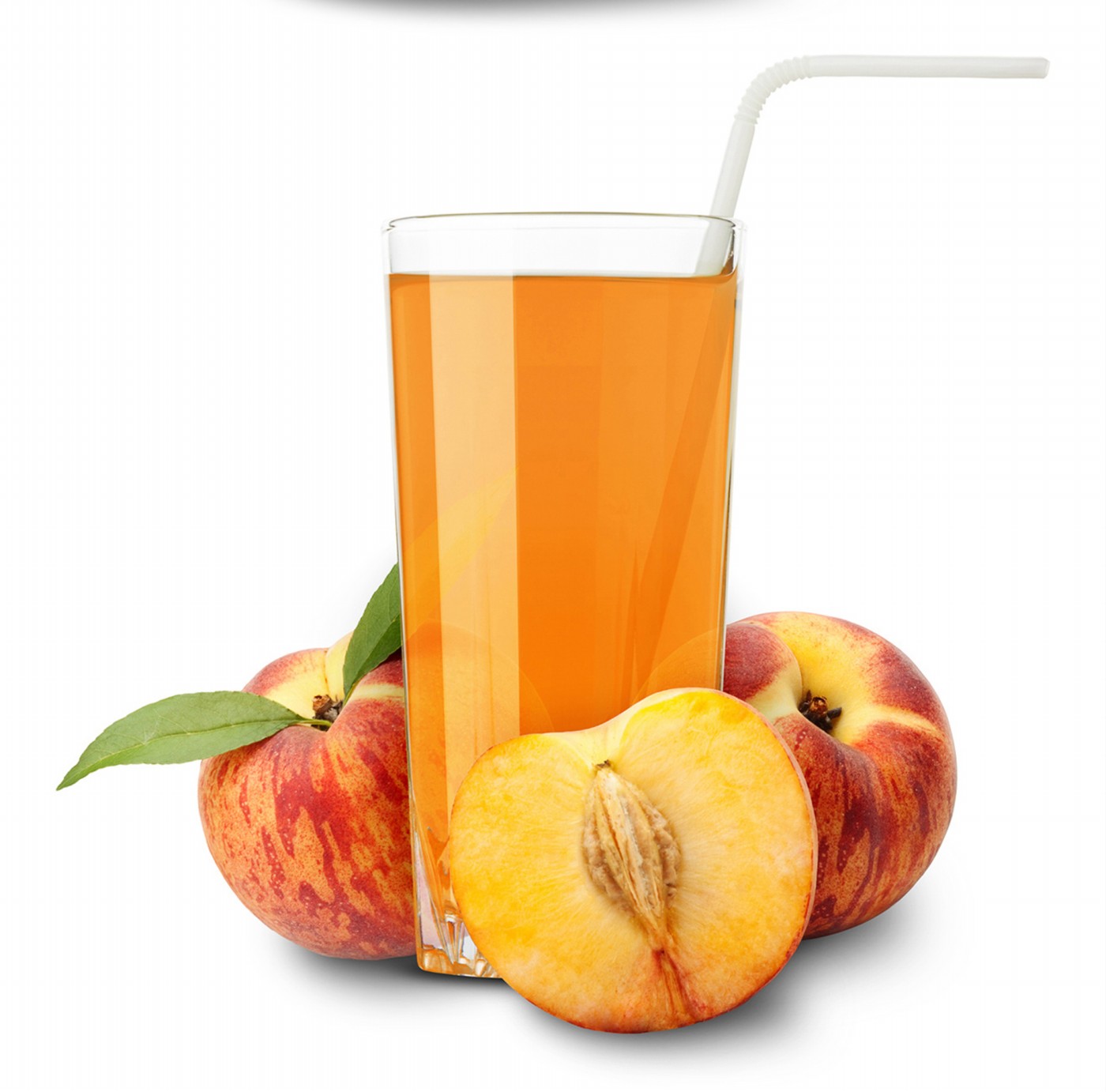The peach, the oh so lovely fruit with only 37 calories, is a perfect summertime snack. Low in saturated fat, cholesterol, and sodium, the health benefits of peaches can bring nutritional heft to a light lunch or low-cal dessert after dinner. Available in both white and yellow varieties, peaches found in the produce aisle are generally freestone, with pits that readily twist away from the fruit. The other primary type of peach, the clingstone, has a pit that clings to the flesh and so is mainly used when canning.
Vitamins
The main punch a peach packs is vitamins. Specifically, a peach boasts 10 different kinds: A, C, E, K and six of the B complex vitamins. Vitamin A and beta carotene helps you achieve optimal vision, while vitamin C is an antioxidant that is helpful to your immune system. Although peaches provide lower levels of vitamins E and K, they reside in significant quantities within the peach. Vitamin E is another antioxidant, while vitamin K is essential to your blood clotting capabilities. Peaches are also a source of thiamin, riboflavin, vitamin B-6, niacin, folate, and pantothenic acid, all valuable nutrients when it comes to your cells and nerves.
Fiber
Another important benefit associated with peaches is dietary fiber. According to U.S. Department of Agriculture's (USDA) recommendations, an adult woman should try to consume 25 grams and an adult man 38 grams of fiber each day; a peach offers three grams. Essential to easy digestion, fiber prevents constipation and bloating while contributing to colon health. Fiber may also play a role in regulating cholesterol levels and so helps to reduce the risk of heart disease.
Potassium
Unfortunately, we consume many toxins every day with each bite of our daily meals, harming our kidneys. Peaches contain high amounts of potassium, which can reduce kidney-related diseases while lessening the risk of ulcers. Peaches also provide some magnesium, phosphorus, zinc, copper, manganese, iron, and calcium. These additional minerals protect and support your red blood cells, nervous system, and bones.
Bioactive Compounds
According to studies by Texas AgriLife Research, compounds in stone fruits could be a weapon against "metabolic syndrome," in which obesity and inflammation lead to serious health issues, according to Dr. Luis Cisneros-Zevallos, AgriLife Research food scientist.
"Our studies have shown that stone fruits-peaches, plums and nectarines-have bioactive compounds that can potentially fight the syndrome," Cisneros-Zevallos told AgriLife Today. "Our work indicates that phenolic compounds present in these fruits have anti-obesity, anti-inflammatory and anti-diabetic properties in different cell lines and may also reduce the oxidation of bad cholesterol LDL which is associated to cardiovascular disease."
Tree of Life
Historians believe peaches originated in China where they were first mentioned in writings dating back to the 10th century. The peach has special significance in Chinese culture: the peach tree is considered to be the tree of life while fruits of the mighty tree are symbols of immortality and unity. In fact, peach blossoms are carried by Chinese brides.
From China, the Persians (now Iranians) introduced the fruit to the Romans who received the "Persian apple" (as they translated the name into their language, Latin) with delight and later introduced the fruit to Europe by Alexander the Great. Columbus brought peach trees to America on his second and third voyages and other Spanish explorers have been credited with bringing the peach to South America. The French introduced them to Louisiana while the English brought them to their Jamestown and Massachusetts colonies. During Queen Victoria's reign, no meal was complete, historians claim, without a fresh peach presented in a fancy cotton napkin.
Italy is the main exporter of peaches in the European Union while California grows more than 50 percent of the total number in the U.S. Meanwhile, Georgia, with 40-plus varieties, is known as the Peach State and produces over 130 million lbs. of the official state fruit between mid-May and mid-August.
To this day, China remains the largest producer of peaches in the world.






